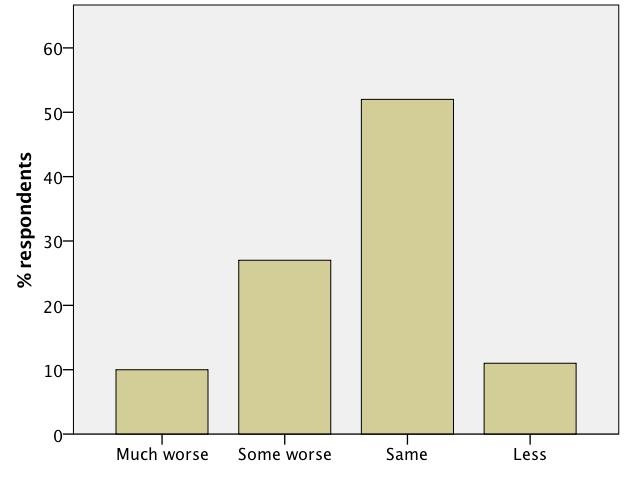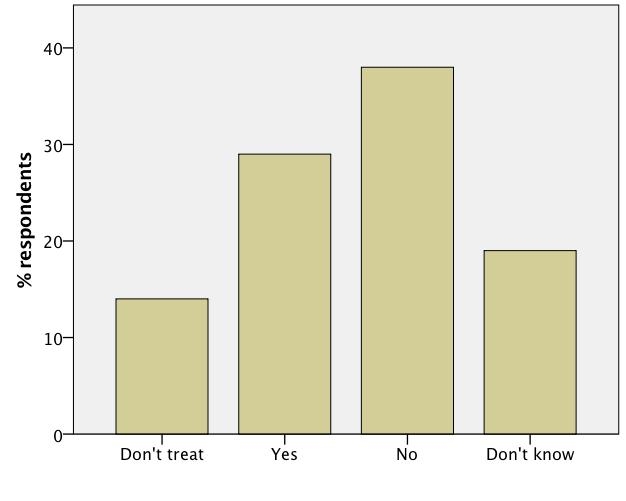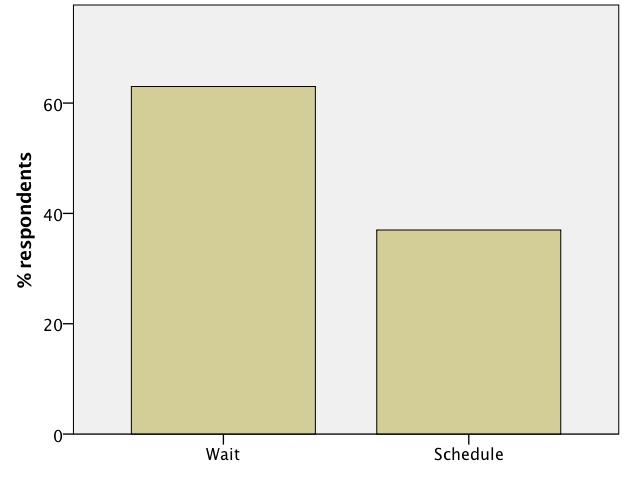During our Jan 2017 winter meetings, I conducted a short clicker survey about how bad tadpole shrimp (TPS) has become in the past few years. There were a couple of technical difficulties, and attendees to the Richvale meeting didn't get to see the answer to the questions. I thought it would be a good idea to share the results of the survey here. The results were very similar for all meetings, so I have aggregated all the answers.
Q1: In your opinion, compared to 10-15 years ago, TPS problems are currently:
Total respondents: 109
About half of respondents thought TPS problems are the same than 10-15 years ago and almost 40% thought problems were somewhat or much worse. This seems to indicate that TPS problems are slowly becoming worse. It might have to do with the fact that copper sulfate is more expensive, less effective against algae, and therefore less used; and pyrethroids don't seem to be working as well as before (see question 2).
Q2: Have you noticed a reduction in the efficacy of pyrethroid insecticides controlling TPS?
Total respondents: 119
A third of respondents have noticed a reduction in pyrethroid efficacy for TPS control. This is alarming. Last year, TPS from two fields were confirmed as tolerant to pyrethroids. Responses to this question indicate that there might be way more fields with tolerant TPS out there.
Q3: If you treat for TPS, do you:
Total respondents: 90
A bit over half of respondents scout their fields before doing a TPS treatment (wait), and 40% schedule treatments. In my opinion, both approaches are valid. TPS develops very fast, specially in late planted fields, and in problem fields, they will show up no matter what.
Responses to the questions indicate that we need new alternatives for TPS control and tools to make scouting easier. Some of the work being done to address these questions was presented during our last winter meetings. The presentation is posted on-line on the UC Rice On-line website.


